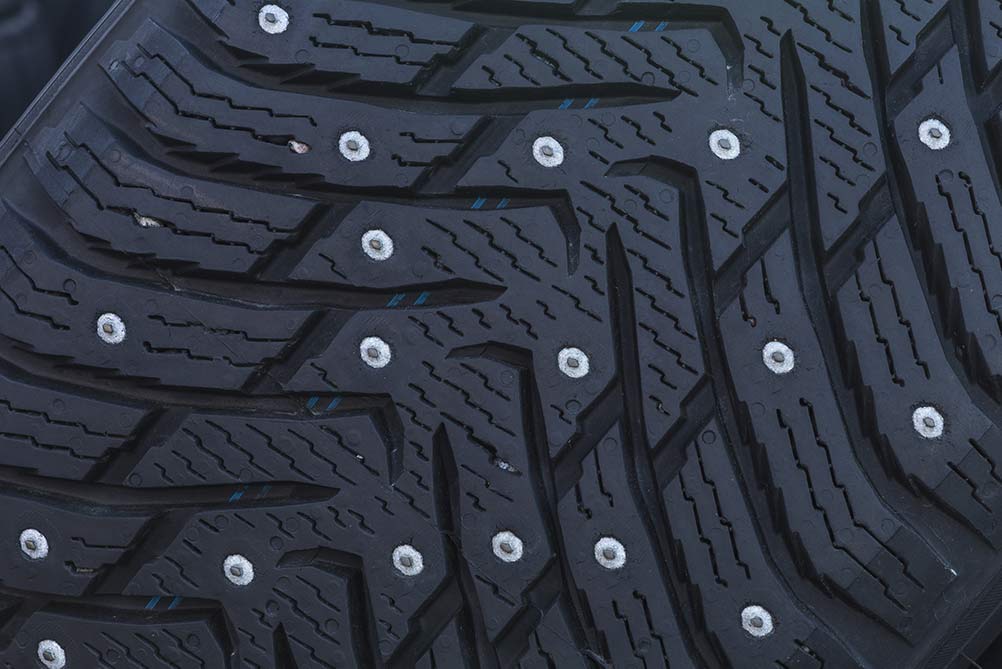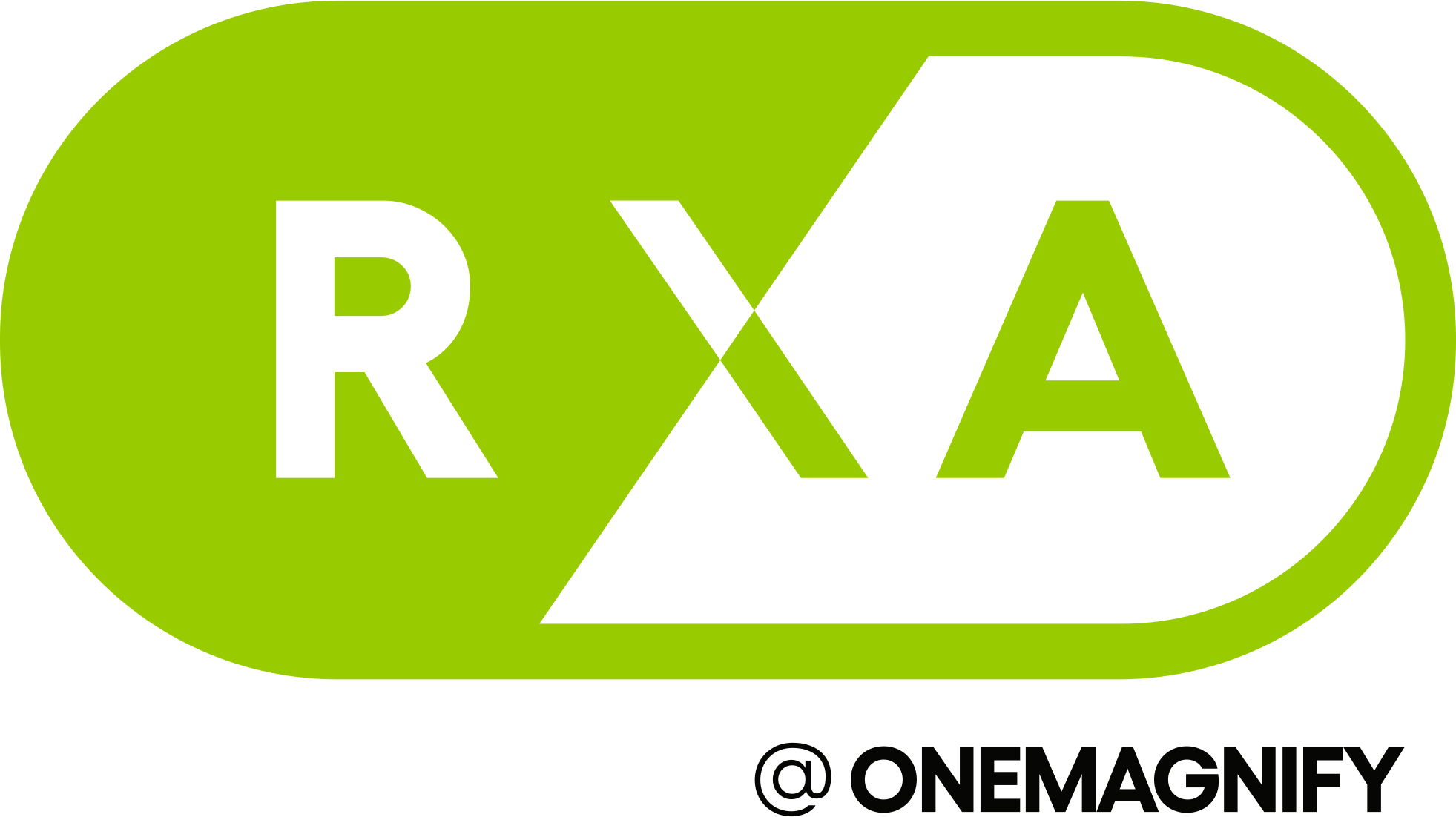

We love to use this space to talk about our thoughts on data science, but Team RXA is so much more than talk. We’re also boots on the ground, using our knowledge to help our clients optimize their businesses. Here’s an example of how we’re helping one company save big.
Synopsys: Case study of RXA Labor Optimization Model
Overview
Labor optimization performed for a regional automotive repair and tire replacement chain in Michigan, Ohio and Indiana with 100 stores. RXA’s objective is to use its labor optimization model and machine learning to help our client match staffing to forecasted tire demand. The target savings is $1 million in the first year.
RXA is giving this client the tools to forecast the demand for hourly tire technicians at its retail locations. The normal operating procedure for scheduling was based on the store managers’ gut feelings and generalized precedence. The new model will allow the managers to go from gut feelings to making qualified schedules based on predictive modeling. The guiding goals of the project are:
- increasing employee satisfaction
- encouraging more accurate tracking of future jobs
- increasing profitability
When the project reaches completion, the model will produce store-level, hourly staffing recommendations integrated into the current operating system, with a reporting dashboard for the c-suite and other decision makers.
Process
The process began with multiple discovery sessions. First, RXA met with key stakeholders to determine the project’s goals and priorities, define new and existing data sources, and to determine project timelines and budget. The second discovery session required meeting with end users – the retail stores, where we were able to gain an understanding of managers’ needs and the current scheduling process. This was also an opportunity to learn terminology and notate variability of store setup.
A data and technology audit was the next step. RXA worked with the company’s subject matter experts to review internal and external data sources, integrate data feeds with RXA systems, and to benchmark key performance indicators.
Timeline
| Phase | Approximate Timing |
| Planning Session & Documentation | 1 Week |
| ETL & RXA machine learning application connection | 2 Weeks |
| Model Testing & Optimization | 2 Weeks |
| Full Data Set Ingestion & Optimization | 2 Weeks |
| Data Visualization & Report Generation | 2 Weeks |
| Pilot Store Implementation & Training Session | 1 Week |
ETL (Extract Transform & Load) During this stage, data was prepared, cleansed and formatted to prepare for modeling and reporting. The data was checked again for integrity, ensuring that the final report would be accurate.
Modeling, Testing and Optimization was the first large scale quality check and testing process. The modeling process began with a data subset and was broken down into 3 parts:
- Forecasts were created in the model using the most important variables (out of 110 considered) to get an accurate and stable prediction.
- The machine learning portion of the modeling focused on reading trends in the data and making predictions based on the chosen factors. Over time, as more data is collected the model improves, allowing it to perform with increasing accuracy and ability.
- The model was validated and reviewed with clients prior to running the model against the full data set.
Full Data Set Ingestion and Optimization will be the final step in the modeling portion of the project. The model is run against the full data set, optimized and validated.
Data Visualization & Report Generation is created using the client’s business intelligence tool. The reports will track key performance indicators and calculate labor cost savings.
Pilot Implementation and Training- Pilot stores will be the first to implement the model and new processes. RXA will monitor the model forecasts and will compare them to the actual results. Meanwhile, the model will learn and work even more efficiently. Training will be completed first with pilot stores and will roll out across all stores after the trial period.
Outcome
The project is still ongoing. Currently, RXA is in the pilot store training. As of February 28th, 10.1 million records have been ingested for this project. This number will continue to go up as the application runs and collects more data points.
The next step on the timeline will be pilot store implementation. The pilot will be run in two phases, with eight stores in the first and 12 in the second. Each phase will be four to six weeks in length, and adjustments will be made to the model where appropriate prior to rolling out the system to the remaining stores.
At this time projected labor savings are between 20-25%.
Stay tuned for updates on this labor optimization study. Meanwhile, does this make you wonder what we can do to streamline your business and increase revenue? Get in touch with us to schedule a free demo!
